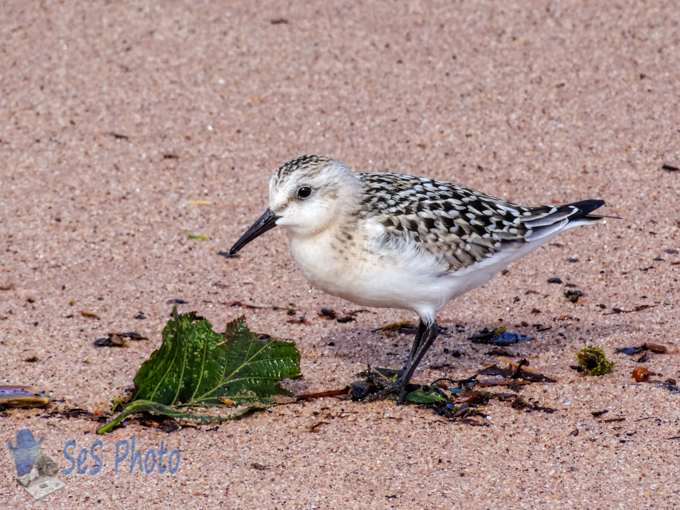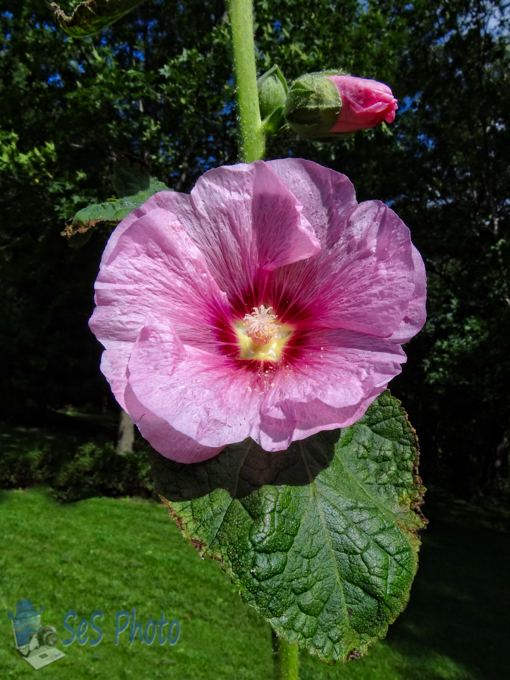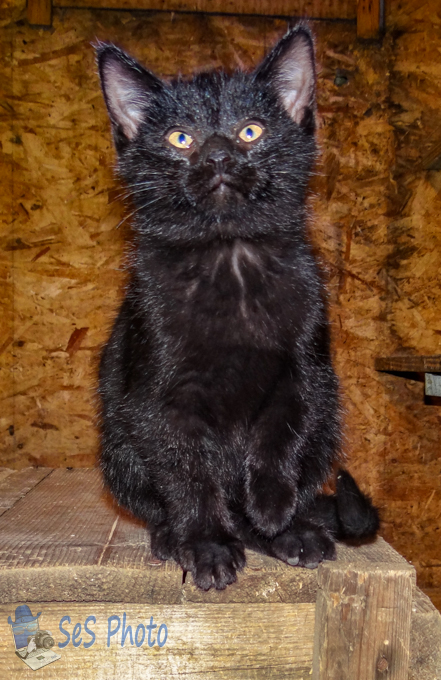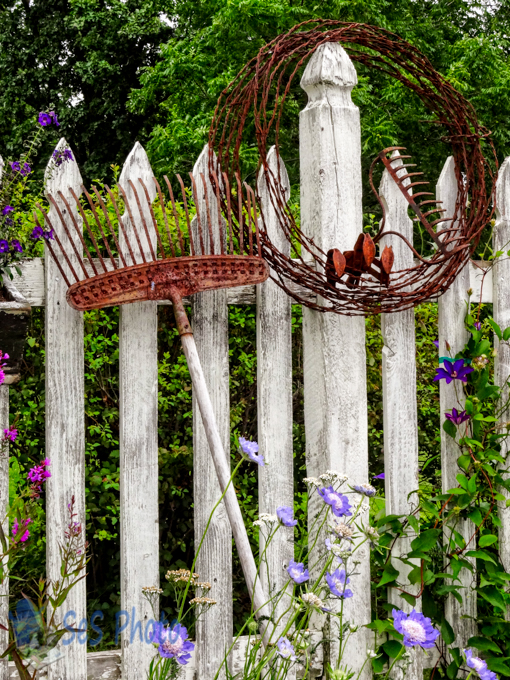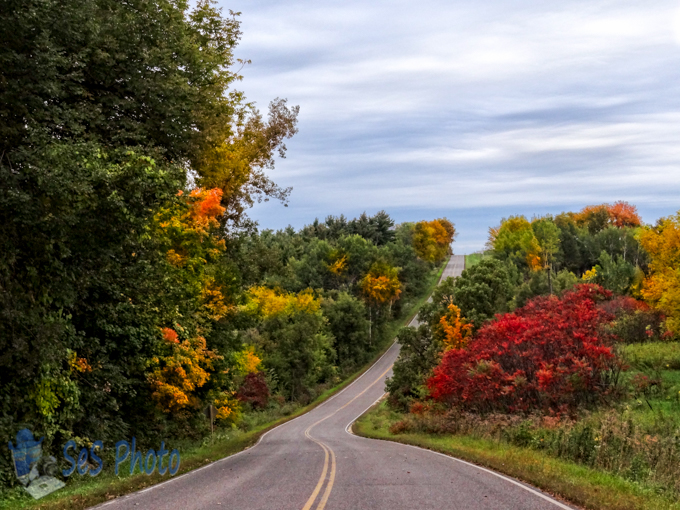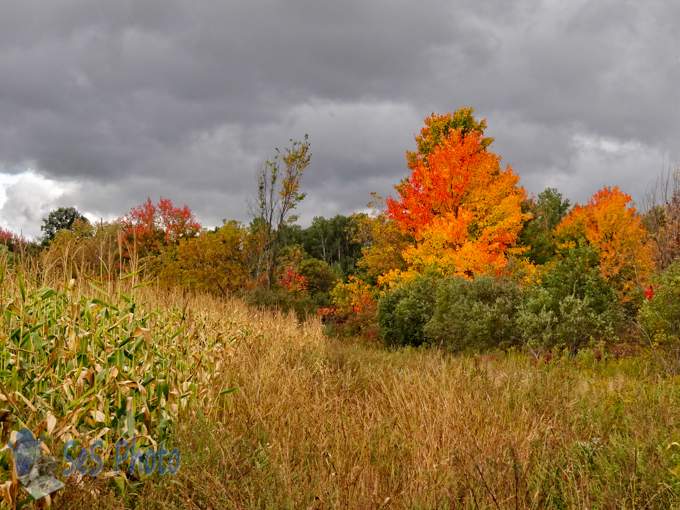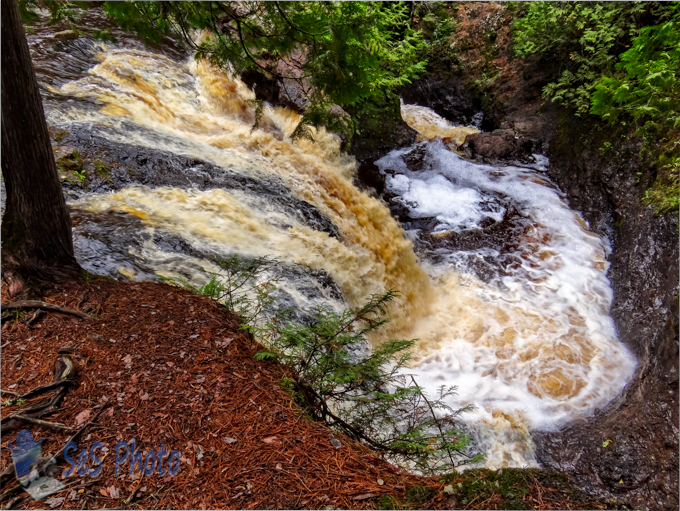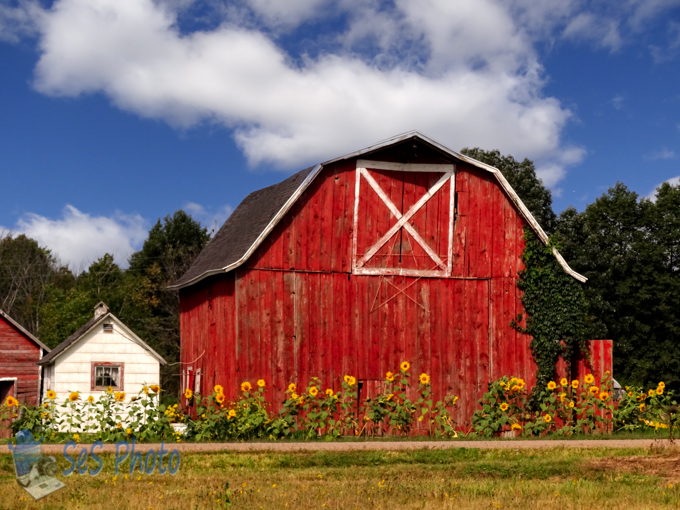In the northern states, we often refer to birds as winter birds or summer birds, even though the winter birds are actually year-round birds. The summer birds arrive in the spring and leave in the fall and most of the ‘summer’ birds are gone now although I still heard a bluebird singing on Saturday.
But then there are the traveling birds who only stop briefly on their way to and back to farther distances like the High Arctic tundra. And when they are passing by, they often are changing their plumage so it makes it difficult for me to identify these visitors.
On the shore of Lake Superior this fall, I encountered one of the visiting feathered friends and at first, I thought it was a Semipalmated Sandpiper. When trying to determine which bird it was, they often state it is larger or smaller than another bird but when I don’t have the other bird in the same picture or a ruler as they run by, that doesn’t help me much.
One site stated that “If it’s on sand but really actively chasing the waves back and forth, up and down the beach slope with each wave, with legs moving so rapidly they’re blurs, it’s a Sanderling.” Well the birds I was watching was doing just that as I have a lot of blurry legs pictures and the few which aren’t blurry or not standing in water, shows the lack of hind toe that a Semipalmated Sandpiper has. It is also lacking the fine tipped bill so it appears my piper is actually a Sandlering juvenile or a Sandlering adult in transition from breeding to non-breeding plumage.
Whatever they were, they sure were fun to watch as they chased the waves in and out and once in a while, they got wet like I did when a rogue wave rolled in.
Speedy Peeping Bird
